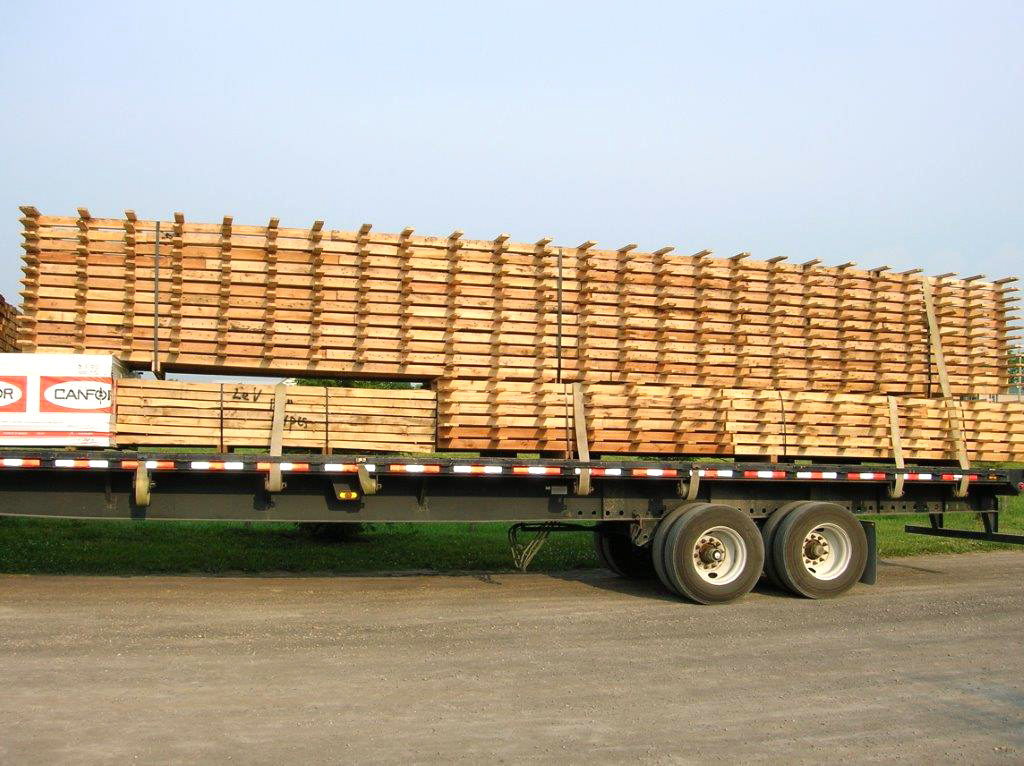Deconstructing Palletizing: The Mechanics of Storage Systems
In today’s today's rapid world of logistics, efficiency is essential to securing a market advantage. One of the unsung champions in this arena is the wooden pallet, a basic yet transformative tool that has revolutionized the way goods are shipped and stored. Pallets not just facilitate the movement of products from a location to another, but also allow businesses to enhance their storage capabilities, making them an integral part in warehouse management.
As we dig deeper into the details of pallet use, it becomes evident how these sturdy platforms help streamline processes and enhance overall efficiency. From optimizing facility designs to ensuring safer handling of goods, wooden pallets offer a versatile solution that meets the requirements of different industries. Grasping the role of pallets in logistics can enable businesses to improve their warehousing strategies and attain operational excellence.
Understanding Timber Pallets
Wooden pallets are vital tools in the world of logistics and storage. Constructed from robust timber, they provide a sturdy foundation for shipping a diverse assortment of goods. Their construction enables simple handling and stacking, making them a preferred choice for producers, wholesalers, and sellers alike. The intrinsic strength of wood, combined with its relatively low cost, contributes to the favor of timber pallets in various industries.
One of the primary advantages of timber pallets is their versatility. They can support various weight capacities, holding everything from lightweight products to large machinery. This adaptability allows businesses to maximize their storage space and improve their operations. Moreover, timber pallets are often reusable, contributing to sustainability efforts by diminishing waste and providing an eco-friendly option for shipping and storage.
In addition to utility, wooden pallets also offer customization options. Businesses can choose from multiple designs, sizes, and finishes to meet their specific needs. This customization ensures that timber pallets can accommodate different types of goods while preserving their structural integrity. Overall, wooden pallets serve as a key element in improving productivity and organization within supply chain management.
Benefits of Palletization
Palletization substantially enhances the effectiveness of transporting goods. Through the use of wooden pallets, products can be arranged securely, enabling for more items to be transported at the same time. This maximization of space yields decreased transportation costs, as trucks and containers can be packed more thoroughly. As a result, companies can coordinate their logistics more successfully, providing for timely delivery while cutting down on wasted resources.
In moreover to transportation gains, palletization also improves storage solutions. Wooden pallets create a standardized space for storage, making it more convenient to organize and gather products. Warehouses can take advantage of vertical space more effectively, placing goods at multiple heights without the risk of damage. This organized storage not solely improves inventory management but also aids in reducing time spent searching for items, in the end enhancing operational efficiency.
Furthermore, the use of wooden pallets leads to enhanced safety in storage and transport. By providing a reliable base for goods, pallets reduce the risk of damage during handling and shipping. Pallets also encourage safer stacking methods, minimizing the chances of accidents in warehouses and during transit. This focus on safety not only protects the goods but also protects the well-being of employees involved in the logistics process.
Best Practices for Storage
To ensure the efficient use of wooden pallets in storage, it is crucial to pile them properly. When stacking pallets, set the most substantial items on the bottom and less heavy items on top to provide stability. Confirm that the load is evenly distributed across the pallets to prevent tipping. Additionally, refrain from overloading pallets beyond their maximum weight, as this can lead to breakage and risks.
Ensuring a clean storage area is essential for prolonging the life of wooden pallets. Consistently inspect pallets in tulsa for any signs of damage, such as splintering or fungal growth. Maintaining the storage area free from wetness, dust, and debris not only safeguards the pallets but also boosts overall safety. Implementing proper cleaning protocols will also avert contamination of goods stored on the pallets.
Lastly, think about establishing an organized inventory management system alongside your palletized storage. Tag pallets clearly and use a FIFO approach to ensure that aged goods is sold or used before new inventory. This method not only helps in managing inventory well but also cuts down on waste and spoilage, ultimately optimizing the use of both pallets and storage space.
